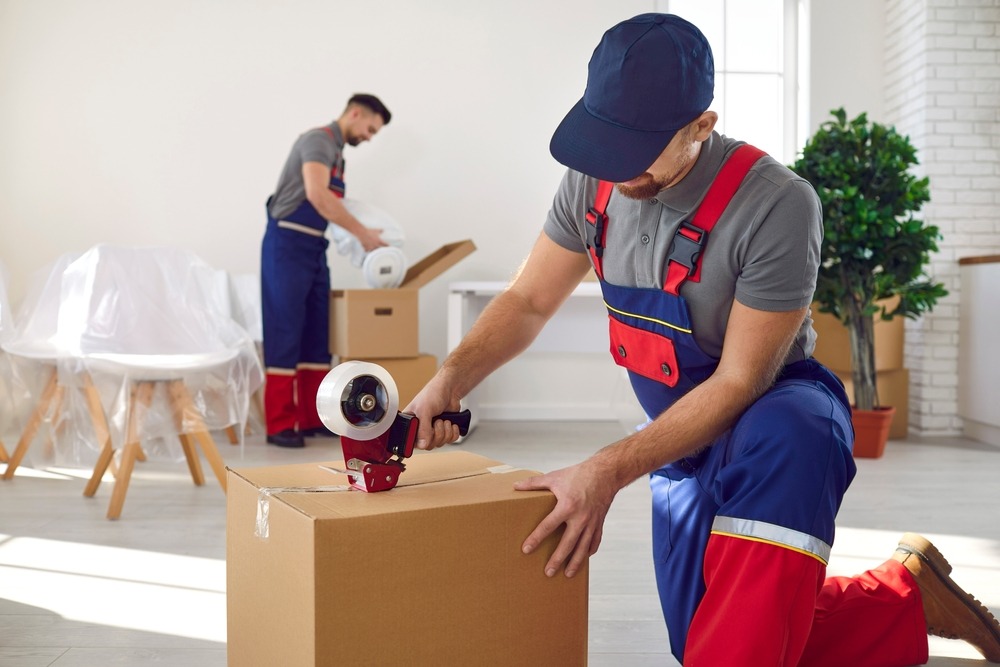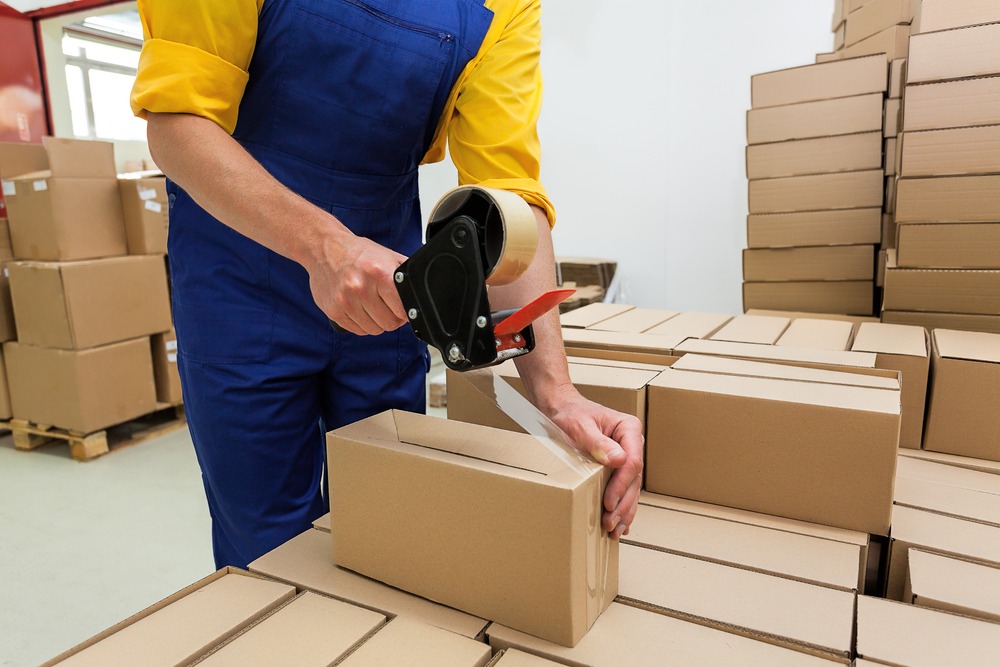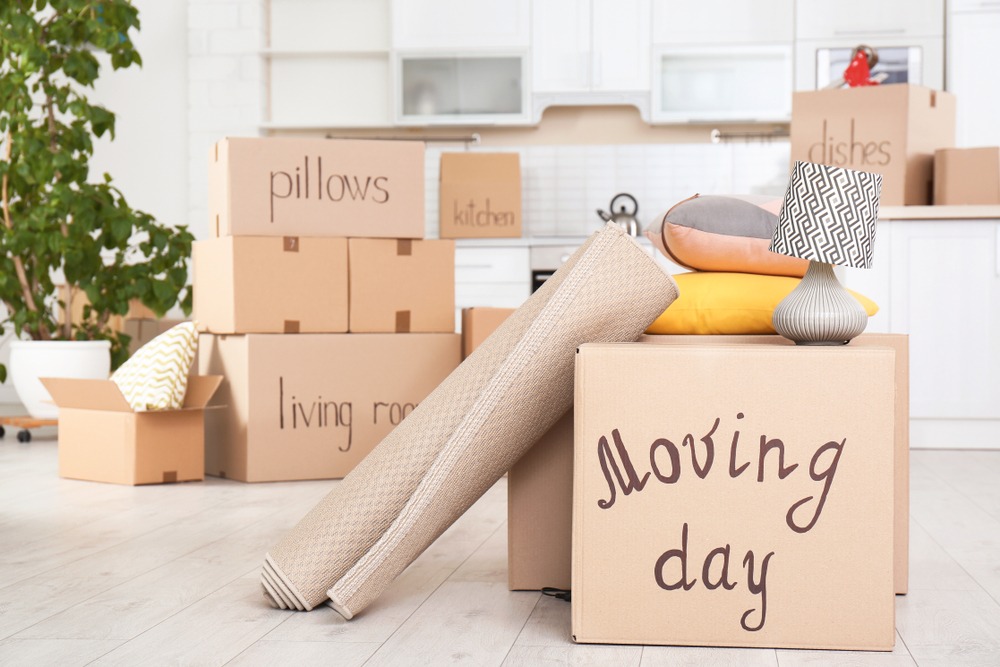Determine what to keep and what to discard before packing
Preparing for a move can be a perplexing task, as one must determine which items to keep and which ones to discard before packing. The burstiness of emotions during this process can make it even more challenging, but it’s crucial in order to streamline the moving process and make unpacking easier in your new abode. To begin, assess every room in your current dwelling and evaluate each item based on its frequency of use, sentimental value, and relevance.
Consider donating or selling any items that are still functional but no longer serve a purpose in your life. This not only benefits others who may find them useful but also reduces clutter. For broken or damaged items, question whether they’re worth repairing or if it’s time to let go of them for good.
Of course, parting with certain belongings can be difficult due to their emotional attachment. However, remind yourself that moving presents an opportunity for a fresh start – one where you have less stuff weighing you down and more space for what truly matters.
Plan ahead and create a packing timeline
Preparing for a move can be quite a daunting task, but fear not! One key thing to remember is that planning ahead and creating a packing timeline will save you from unnecessary stress. But how does one begin this process? Well, it’s simple yet perplexing – start by determining the amount of time you have before the actual moving day. Next up, take stock of every item that needs to be packed; this includes furniture, electronics, clothing, kitchenware and any other household goods.
Now brace yourself for some burstiness as we dive into estimating how long each packing task may take. For instance, fragile dishes may require more attention than clothes or linens. Once you’ve got an idea of the duration each task requires – buckle up and create deadlines for completing them.
To make sure your packing timeline goes smoothly without any hiccups along the way – consider using calendars or project management software to keep track of progress over time. Additionally, requesting help from friends or family members can also alleviate some stress.
In conclusion: with careful planning beforehand,you’ll be ableto avoid last-minute scramblingand ensurea smooth transitioninto your new home!

Invest in good quality packing supplies
When it comes to the arduous task of packing for a move, one cannot deny the paramount importance of investing in good quality packing supplies. Sure, you may be tempted by cheap tape and boxes at first glance – but beware! These seemingly frugal choices can turn into an extravagant disaster in the long run. Flimsy materials are bound to crack or rupture during transportation, leaving your precious items exposed to potential damage and costly replacement.
The key ingredient that will make all the difference is sturdy moving boxes – this is where you need to exercise utmost caution. Seek out ones made from thick cardboard with reinforced corners for added durability. Furthermore, ponder over purchasing specialized boxes designed specifically for certain types of items; wardrobe boxes with built-in hangers or dish packs equipped with dividers for delicate dishes are just some examples.
However, do not underestimate the power of tape either! Do not skimp on this essential item. Make use of heavy-duty packing tape that can bear the weight of your belongings without succumbing to breakage or loosening during transit. This will provide optimal protection and ensure your goods remain safely packed throughout every step of your move – mitigating any risk of loss or harm along the way.
Use vacuum-sealed bags to save space
The conundrum of packing all your possessions efficiently is one of the most daunting tasks when it comes to relocating. However, there exists a solution that can offer some respite – vacuum-sealed bags. These bags are particularly useful for soft items such as clothes and linens since they compress them down, making them occupy less space.
What’s interesting about these bags is their unique working mechanism – extracting air from within the bag via a vacuum pump or cleaner. This not only reduces its size but also provides protection against moisture and dust during transit. The icing on the cake? You can fit more items into each box or suitcase, translating to fewer boxes overall.
To initiate your use of vacuum-sealed bags, simply place your belongings inside and seal based on manufacturer instructions. Then proceed to remove as much air as possible using either a pump or cleaner before sealing it up tight. But tread with caution; avoid overstuffing the bags lest you risk tearing them while en route. With these nifty storage tools at hand, moving day just got a little bit smoother!
Pack clothes and linens inside suitcases
The perplexing task of packing clothes and linens can be solved with the burstiness of suitcases. These versatile containers offer ample space for your belongings and wheels that make them a breeze to move around during the chaotic packing process. Furthermore, once you arrive at your destination, simply unpack your suitcase and use it as storage.
To fully optimize the capacity of your suitcase, consider rolling your garments instead of traditional folding methods. Not only does this save valuable real estate in your luggage but it also helps prevent unsightly wrinkles from forming during transit. Smaller items such as socks or underwear can be tucked away inside shoes or conveniently packed into small pockets within the suitcase itself.
Another advantage to selecting suitcases over flimsy cardboard boxes is their inherent sturdiness. This crucial feature provides added protection for delicate fabrics or formal wear outfits during transport. However, always take caution by securing all zippers or buckles before moving the suitcase to avoid any potential harm along its journey.
Utilize space in drawers and cabinets by leaving items inside
When embarking upon the daunting task of packing for a move, one is struck with the perplexing challenge of utilizing every nook and cranny available. An astute solution to this dilemma is to leave items nestled within drawers and cabinets, which not only saves precious box space but also keeps said items organized and safeguarded during transit.
However, before hastily stuffing your belongings inside these compartments like an overstuffed turkey on Thanksgiving Day, it’s imperative that you ensure they are securely fastened shut with tape or bungee cords. The last thing you want is for your possessions to burst forth from their confines mid-move, damaging other valuables in the process. Additionally, take heed of the weight distribution when lifting such furniture pieces – overloading them could lead to unwanted accidents!
This ingenious hack proves especially advantageous when dealing with clothing and linens as opposed to bulkier objects. Instead of tediously folding everything into boxes like origami masters, simply tuck them away inside dressers or armoires for a tidy yet wildly efficient packing method. Not only does this alleviate some stress from the act of moving itself but it also ensures a smoother unpacking experience as all clothing can be effortlessly retrieved by sliding open a drawer rather than sifting through multiple cumbersome boxes!

Label boxes clearly with contents and room destination
The intricacies of packing for a move can be overwhelming. One must ensure that all boxes are labeled with both their contents and room destination, but the task is not as straightforward as it may seem. A permanent marker or label maker should be used to jot down specifics about each box’s content, however, one must exercise caution when revealing sensitive information on the labels.
To alleviate this burden, color-coded stickers can come in handy. Assigning a unique hue to every room in your new abode and sticking corresponding colored stickers on boxes earmarked for those rooms will make things simpler for movers or friends who lend a hand during the move. This method ensures that there’s no need to scrutinize each label laboriously.
Additionally, creating an inventory list comprising everything packed in every box is an excellent idea; it could prove beneficial if anything goes astray or gets damaged while en route to your destination. Such records serve insurance purposes and provide peace of mind.
It cannot be overemphasized enough how crucial proper labeling is before D-day arrives; taking extra care initially saves time and stress ultimately. Putting forth additional effort beforehand guarantees that everything reaches its intended location intact!
Use color-coded stickers to easily identify boxes
The concept of color-coded stickers may seem simplistic at first glance, but it can actually be a game-changer when it comes to streamlining the moving process. With just a quick glance at the hue on each box, you can instantly decipher which room in your new abode it belongs to – no tedious label-reading required!
But here’s where things get tricky: if these stickers aren’t affixed in an easily visible spot on each box (think top and sides), they’ll be as helpful as an invisible ink pen. And while assigning colors is crucial, don’t forget about labeling what’s inside each package within its assigned chamber – using different colored markers for this task will help keep everything organized.
Communication is key during any move, so make sure that everyone involved in helping you relocate is aware of your clever coding system. This way, there won’t be any confusion or frustrating delays when unloading and unpacking at your destination.
It’s fascinating how something as simple as colorful dots can have such a profound impact on easing the stress of relocating. Take some extra time upfront to strategize with color-coded stickers and labels; trust us, you’ll thank yourself later when settling into your new digs!
Pack fragile items with care and cushioning
Packing fragile objects can be a daunting task, as their safe arrival at the final destination is of utmost importance. To begin the process, selecting suitable packing materials such as bubble wrap or foam peanuts can induce confusion and make one feel perplexed. Each item must be wrapped meticulously with no empty spaces left inside the box.
For items that are exceptionally brittle like glassware or electronic gadgets, additional measures need to be taken by adopting the double boxing technique. This entails placing each item individually in a smaller box before embedding it within another larger container along with more protective padding.
It’s crucial to label all boxes containing fragile items adequately with “FRAGILE” so that movers handle them delicately. Moreover, marking which side of the box should face upwards during transportation could aid in minimizing damage or breakage along the way.
With these intricate steps taken when wrapping your delicate belongings, you can rest assured they will reach their new abode unscathed and undamaged!
Keep important documents and valuables with you during the move.
The importance of safeguarding your cherished possessions and essential documents during a move cannot be overstated. These priceless items should never fall prey to the merciless jaws of cardboard boxes or the capricious hands of movers or shippers. It is imperative that you keep valuables like jewelry, cash, and electronics within arm’s reach at all times to prevent any unwarranted loss or damage.
Before embarking on your relocation journey, ensure that you gather every crucial document under the sun – passports, birth certificates, social security cards, insurance policies – anything remotely legal pertaining to your home or business must be collected with utmost care. Store these pieces of paper in a secure folder or envelope that can conveniently fit into your purse or carry-on bag. For an added layer of protection for these valuable papers, it would be ideal if you could create digital backups as well.
When transporting delicate treasures such as artwork and antiques, we advise seeking out specialized moving companies with experience handling fragile objects since they possess both the expertise and necessary materials required for safe transportation. Alternatively, if these items are small enough to fit inside your vehicle and can be adequately secured during transit then go ahead and take matters into your own hands!

